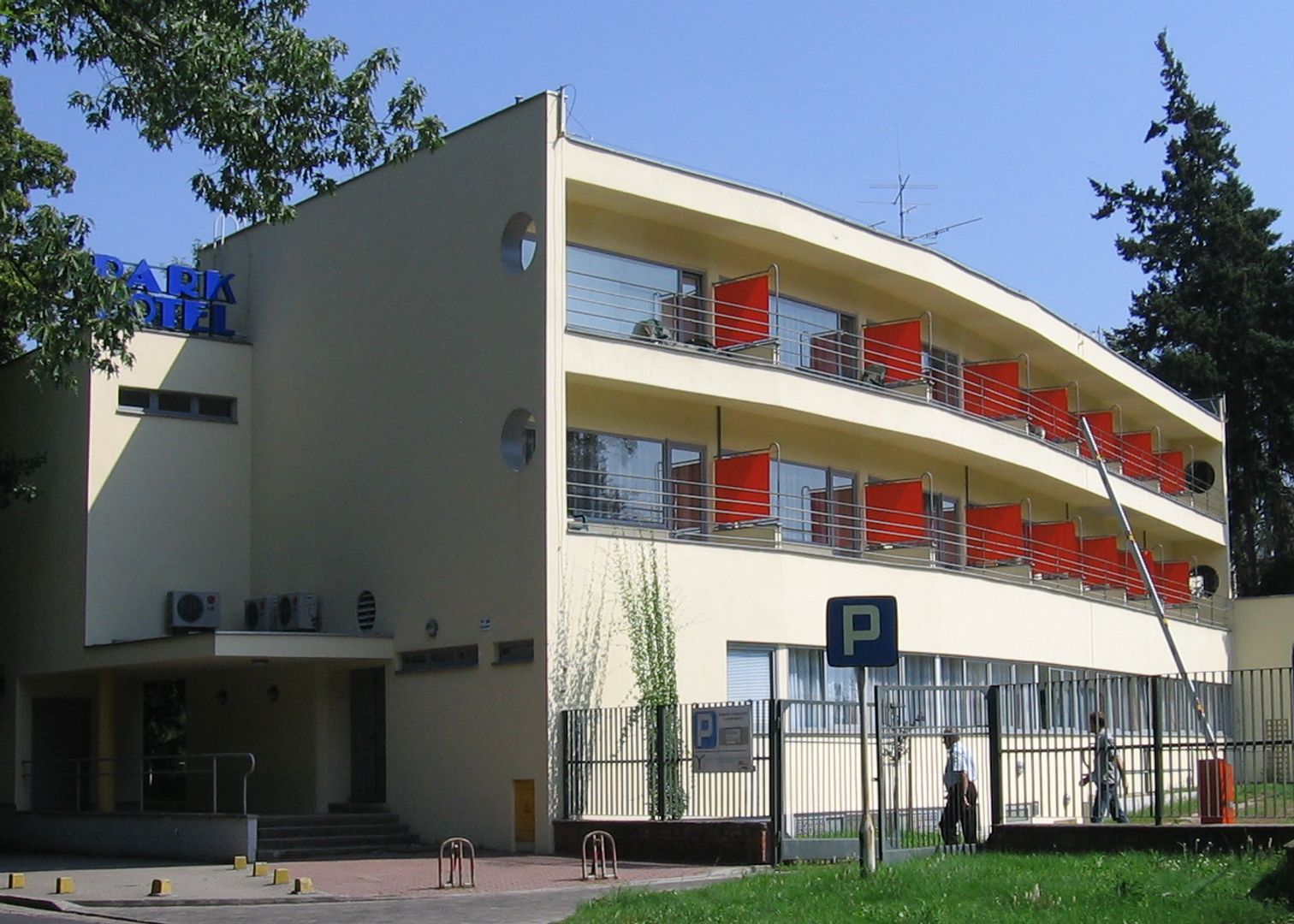Park Hotel in Wrocław
6.66

Overview
Park Hotel in Wrocław, formerly known as the Home for Singles and Childless Couples, is a modernist hotel building located in the Dąbie district at 5 Kopernika Street. It was designed by architect Hans Scharoun as part of the experimental WuWa exhibition settlement, which aimed to showcase innovative solutions in construction. The building, referred to as Ledigenheim, was the largest of the 32 structures realized for the "Dwelling and Workplace" exhibition. Scharoun, alongside Adolf Rading, had participated in a similar exhibition in Stuttgart, which influenced his unique approach to architecture. The building featured a dynamic, organic shape reminiscent of a ship's structure and consisted of two wings connected by a common section. The western wing housed 16 two-level apartments for couples, while the eastern wing contained 32 units for single residents. The ground floor of the western wing accommodated a restaurant, and the roofs featured gardens and recreational terraces. The building was constructed using a reinforced concrete frame filled with pumice blocks. After the exhibition concluded, contrary to the architect's intentions, it was not converted into a residential building but instead began operating as a hotel. The controversial nature of this project was reflected in both positive and negative opinions, with comparisons to a steamship or barge leading to pejorative nicknames such as "Damascus" or "Morocco." After World War II, despite suffering no significant damage, the building took on new functions, serving as a training center for the State Labor Inspectorate. In the 1990s, it underwent a comprehensive renovation, and today Park Hotel continues to operate as accommodation, retaining its pre-war name. This history contributes a unique architectural and cultural value to Wrocław, connecting it with the city's dynamic development and the changes brought by past centuries.
Location
Tickets
Powered by GetYourGuide
2025 Wizytor | All Rights Reserved